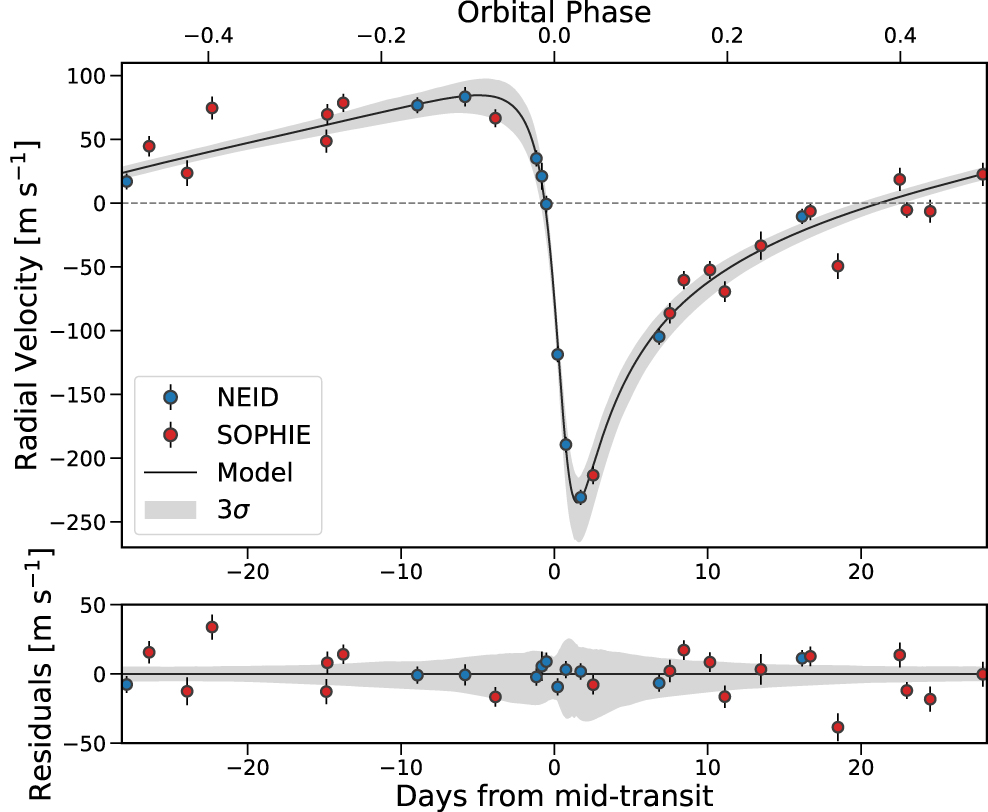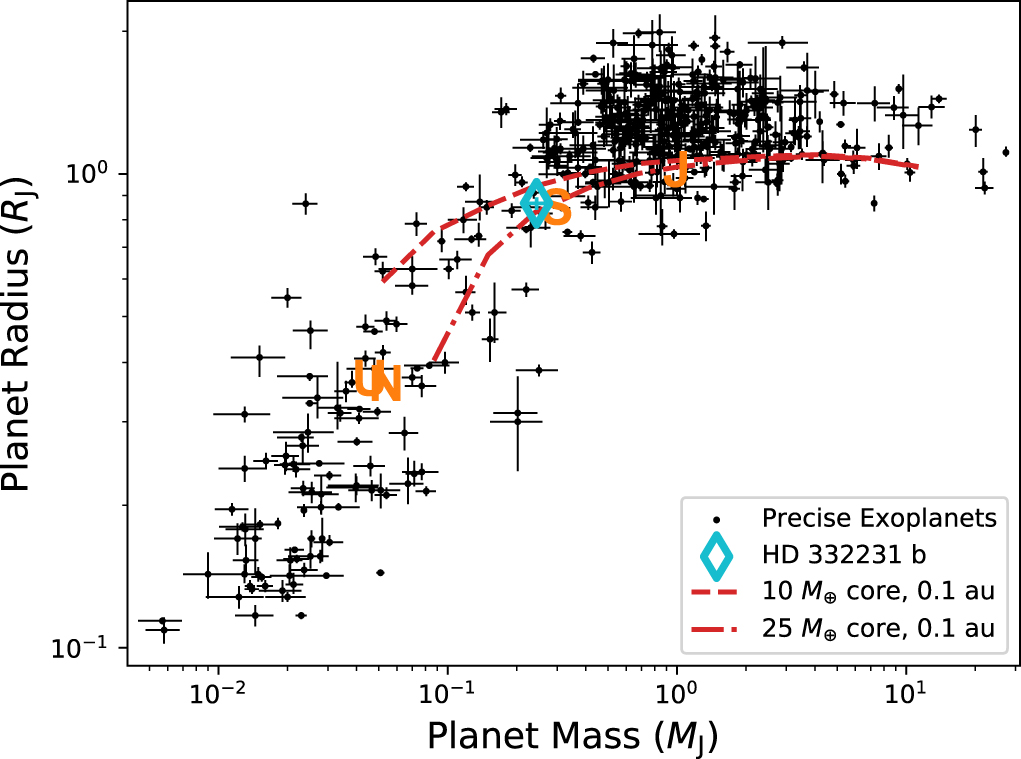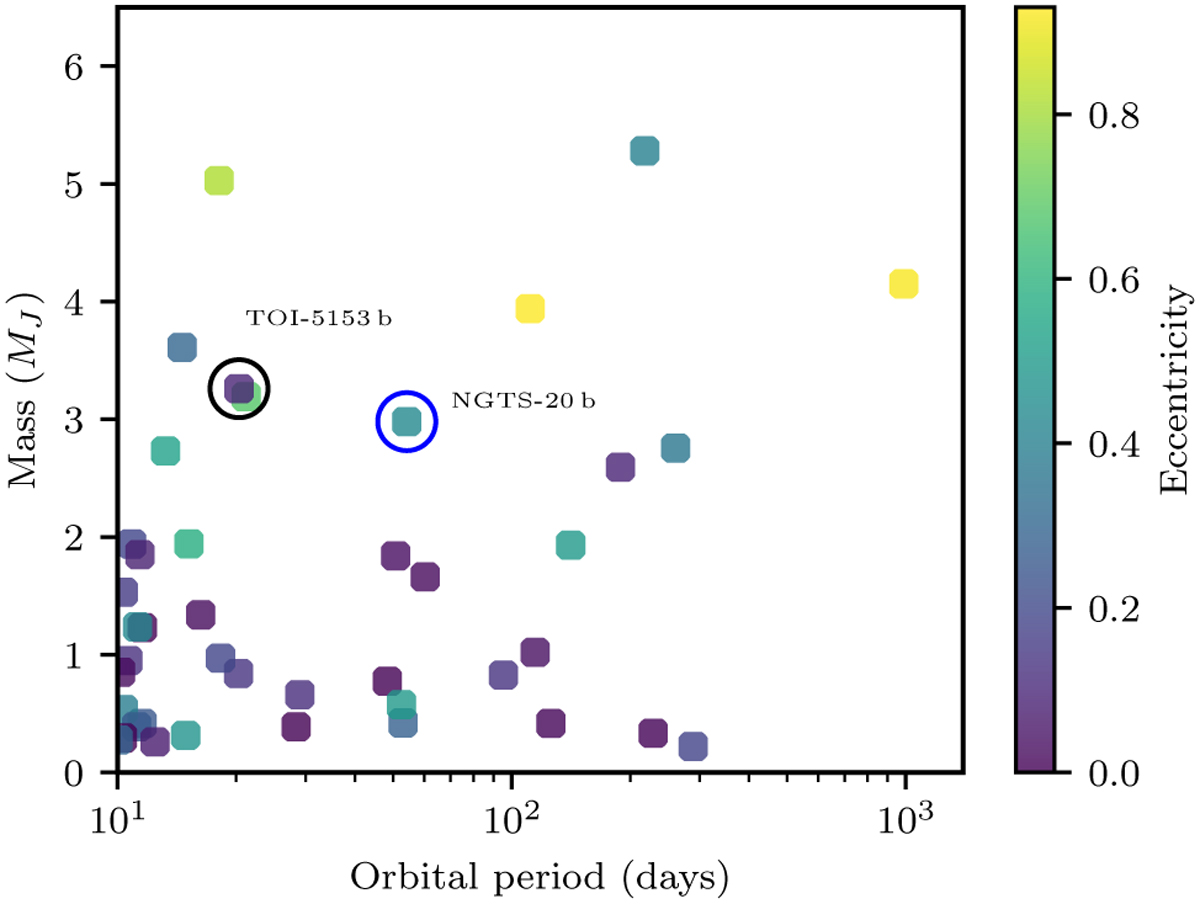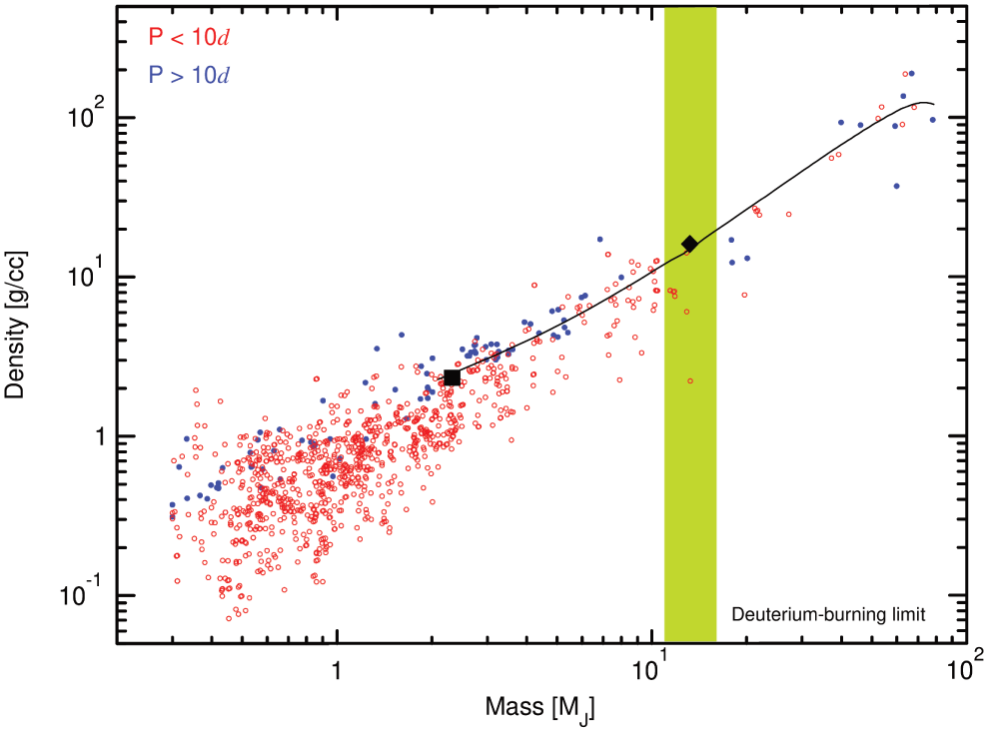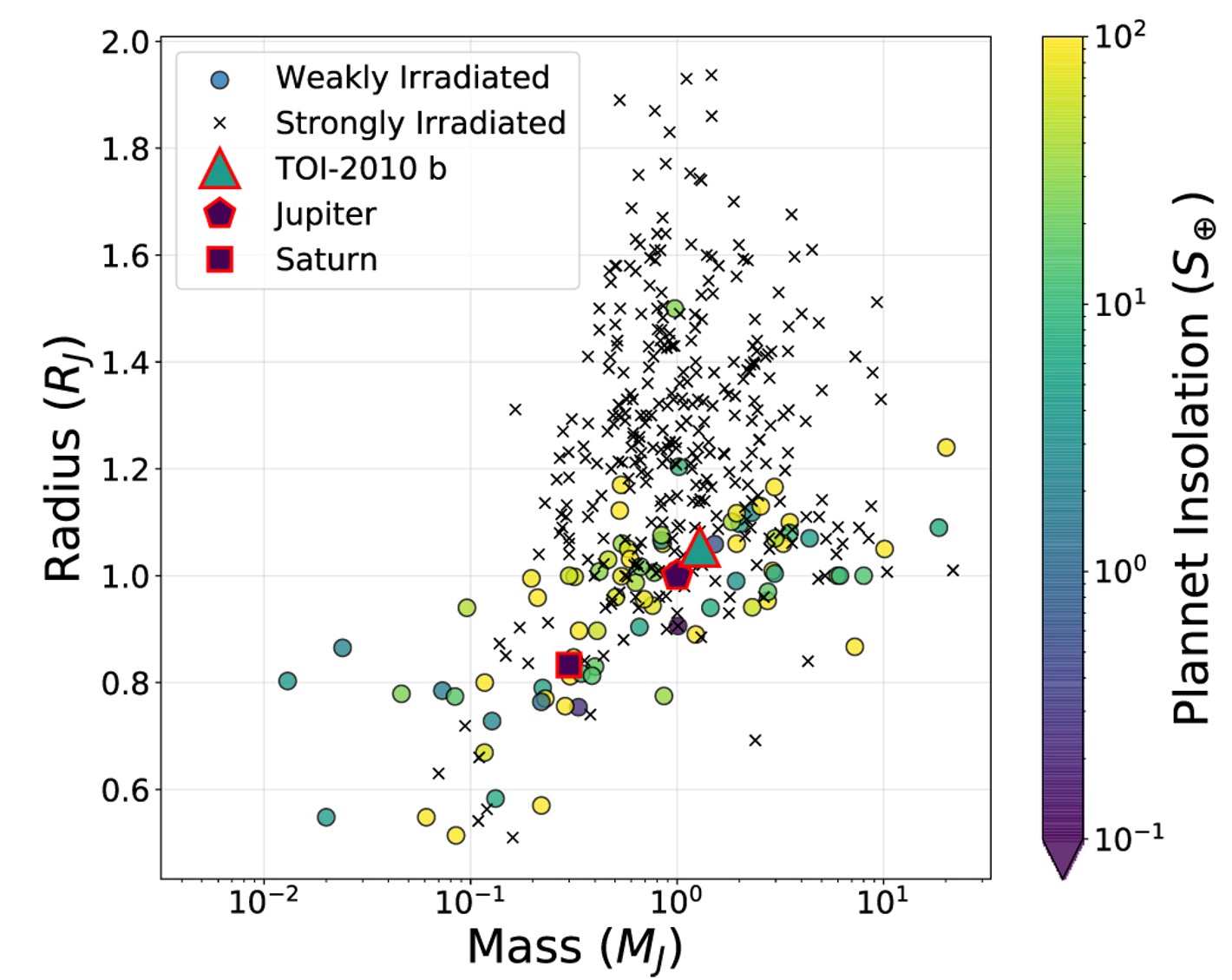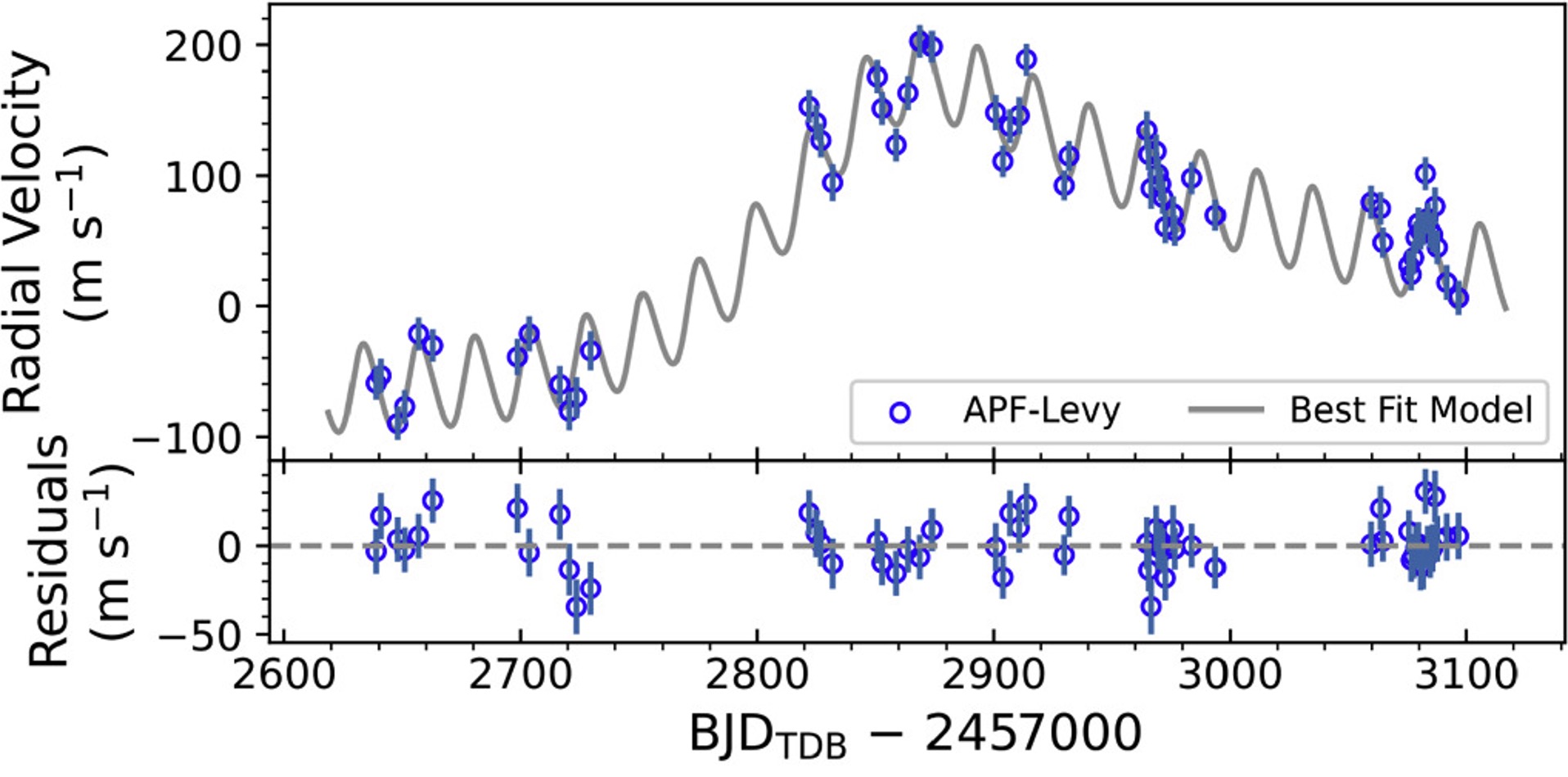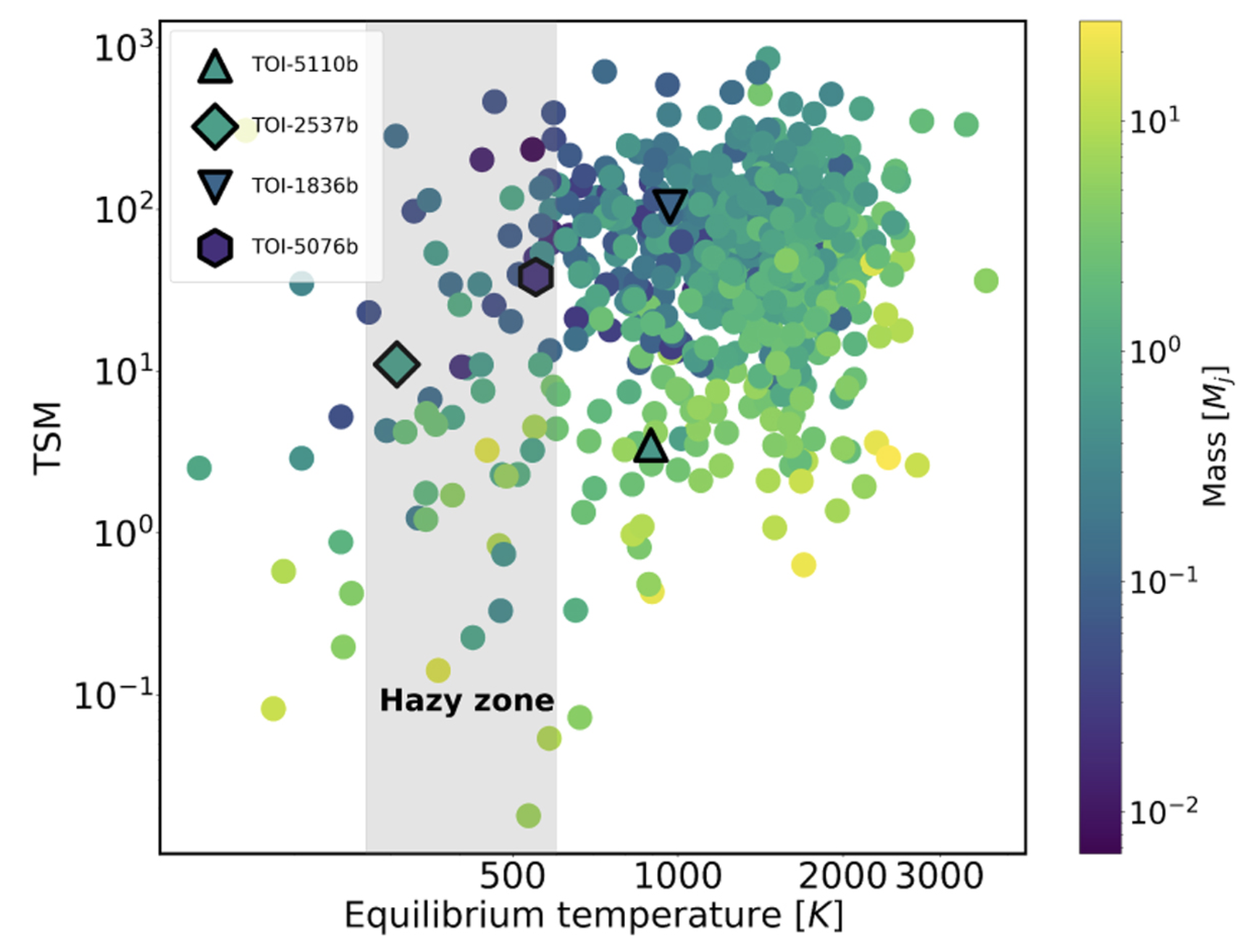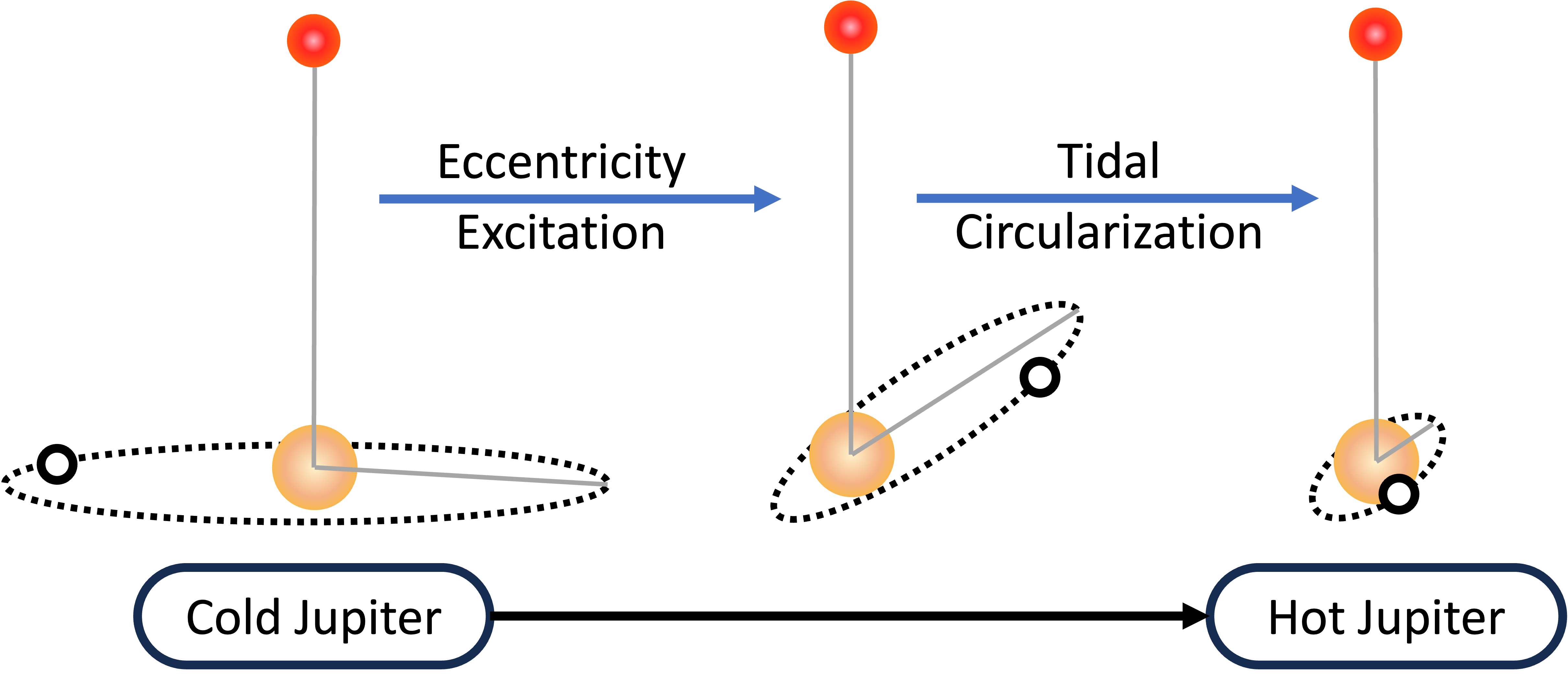
Searching for Snapshots of Giant Exoplanet Migration
Giant exoplanets orbiting close to their host stars don't quite fit into our neat, Solar System-centric picture of planet demographics. Ever since the discovery of 51 Pegasi b, the first of these "Hot Jupiters", astronomers have risen to the challenge of explaining just how and why these rare exoplanets came to be. A number of viable formation mechanisms have been proposed, most of which agree that the planets formed beyond the ice line, akin to our own neighbors Jupiter and Saturn, before migrating inwards. Still, the formation history of this population is not fully understood, and the relative prevalence of different migration channels is not well constrained. This is in part because there is a dearth of known warm Jupiters, the missing link between cold and hot, which could clue us in as to how hot Jupiters made the journey to their present orbits.
I am contributing an effort to increase the sample of known warm Jupiters by vetting and following up long-period exoplanet candidates detected by the TESS mission. As more and more of these systems are discovered and characterized, we should be able to better map out their formation histories, both at the population level and, in some cases, for individual systems. This program falls under the umbrella of the TESS Single-Transit Exoplanet Candidate working group, led by Diana Dragomir at UNM. For my own work, I rely heavily on the NESSI speckle imaging camera, with which I vet candidates and identify potential false positives, and the NEID spectrograph, which provides state-of-the-art radial velocity measurements to measure planet masses and constrain their orbits.
A Hot Jupiter Progenitor on a Super-eccentric, Retrograde Orbit
I recently published the discovery of TIC 241249530 b, an exoplanet on an exceptionally extreme orbit, in Nature. With an orbital eccentricity of 0.94, TIC 241249530 b takes the crown from HD 80606 b -- an extreme orbiter in its own right -- as the highest eccentricity transiting exoplanet. And our measurement of the Rossiter-McLaughlin effect reveals that the orbit is likely to be retrograde. Dynamical simulations show that the present orbital architecture can be explained by a history of Lidov-Kozai oscillations driven by the stellar binary companion. The orbit is now expected to shrink and circularize, carrying the exoplanet to its ultimate fate as a hot Jupiter. TIC 241249530 b joins HD 80606 b as one of just a handful of hot Jupiter progenitors with similar histories and trajectories. Further, we find that TIC 241249530 b and HD 80606 b, both of which have relatively high masses of > 4 MJ, conform to an emerging correlation between high mass and high eccentricity in the warm Jupiter population.


Additional Exoplanet Discoveries
My observations have also contributed to a number of warm Jupiter discoveries led by colleagues across the globe (see list of publications below), as well as my first exoplanet discovery (Gupta et al. 2023). This planet -- TOI-4127 b -- is interesting by virtue of it's relatively high orbital eccentricity, but the available data are insufficient to pinpoint its exact formation history.
